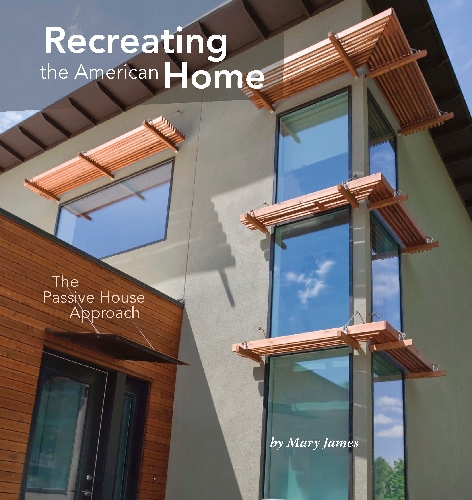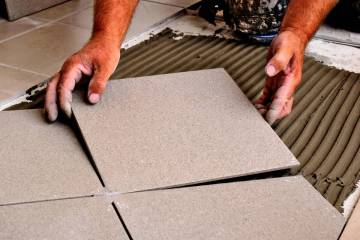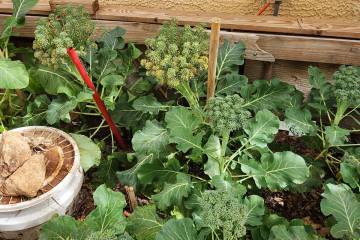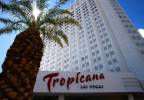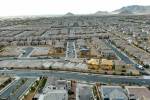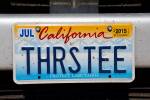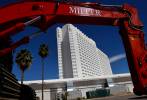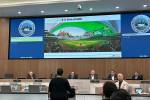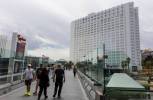Passive homes yield high results
I found a great book and I'm recommending it to anyone who'd like to know more about just what a high-performance home can be. It's called "Recreating the American Home: The Passive House Approach" by Mary James. You can find the publisher at www.lowcarbonproductions.com/books/recreating-the-american-home/.
James has put together an extraordinary and diverse collection of profiles describing homes built using the passive house approach. The small but very informative book is easy on the eyes with plenty of excellent photographs, floor plans and construction details to complement the well-written text. The book does a great job explaining the passive house approach to construction and describes each of the eight featured homes with a perfect balance of project background, builder motivation, economic considerations, technical details and final performance results. It has something for everyone including homeowners, architects, contractors, real estate professionals, code officials and even politicians -- since all contribute in various ways to re-creating the American home.
The passive house approach to construction is still in its infancy, joining the ranks of other green building programs such as Energy Star and Leadership in Energy and Environmental Design for Homes, while also significantly raising the bar set by those earlier programs. Passive house projects may choose to become certified, but it is not a mandate. It is however a very useful tool for designing and producing extremely high-performance homes that drastically reduce the energy they use while also increasing occupant comfort and health.
While most passive house projects are residential, the same techniques can apply to commercial structures. With a focus on energy efficiency, passive house projects achieve dramatic results. They use as much as 90 percent less energy than average. This is achieved through thoughtful design, orientation and construction of the thermal shell coupled with simplified mechanical systems for heating, cooling and ventilation. The results are homes that simultaneously provide great comfort and healthy indoor air quality in a tightly sealed environment, a combination of qualities rarely found in existing homes in the U.S.
The passive home standard is relatively simple but the execution calls for precision in design and construction with plenty of attention to detail. In other words, it requires a builder to produce a quality product that actually meets or exceeds certain standards of testing. This puts the phrase "built to code" in true perspective, since rather than a symbol of quality, building to code simply means a home is not illegal. Building codes have a long way to go before they would actually result in anything resembling true high-performance structures. That is why green building programs exist.
It is my view that there are times when government should aggressively promote higher standards, especially in special circumstances. One such opportunity is the project that has been proposed for Blue Diamond Hill overlooking Red Rock Canyon National Conservation Area. My preference would be to allow the site, disturbed by years of gypsum mining, to return to its natural state. It is part of a very unique and irreplaceable treasure held dear by many residents and visitors. However, if our local leaders are unable to completely protect the site from development, they certainly have an opportunity to apply higher standards that would bring the project into greater alignment with its surroundings and serve as a model for our city's future.
A community built to passive house standards would be so energy efficient that it could be easily powered by relatively small arrays of photovoltaic panels. Such a community could be graded to passively harvest every drop of precipitation from hardscapes including roofs, driveways, sidewalks and streets.
For example, with a 10 to 1 ratio of hardscape to actual plant root zone, 4 inches of annual precipitation becomes 40 inches of beneficial irrigation. By directing flows to well-mulched vegetative swales that absorb and retain, storm runoff is effectively eliminated turning an expensive liability into a valuable asset. Adding simple gray water systems for supplemental irrigation would eliminate the need to irrigate with potable water and reduce overall water demand drastically. On-site, sustainable sanitation systems could eliminate the need for expensive sewage hookups and provide attractive wetlands, just like the ones at the Springs Preserve.
At some point, we must decide to get serious about creating sustainable communities or face deteriorating consequences. I recommend we start by asking developers, Realtors, economic experts as well as our county commissioners to read "Recreating the American Home." That's what they're proposing to do, isn't it?
Steve Rypka is a green living consultant and president of GreenDream Enterprises, a company committed to helping people live lighter on the planet. For more information and links to additional resources relating to this column, or to reach Steve, please visit www.greendream.biz.



